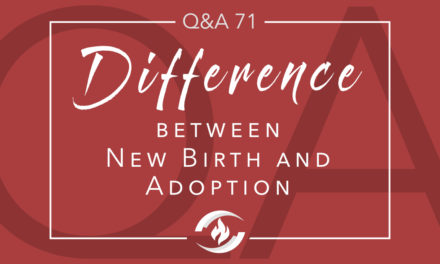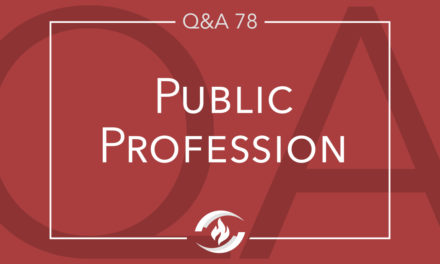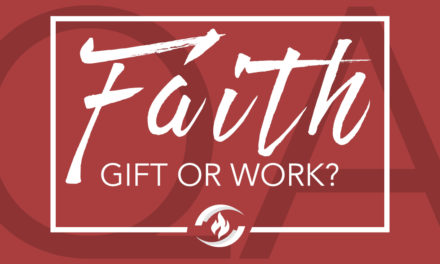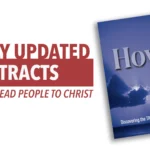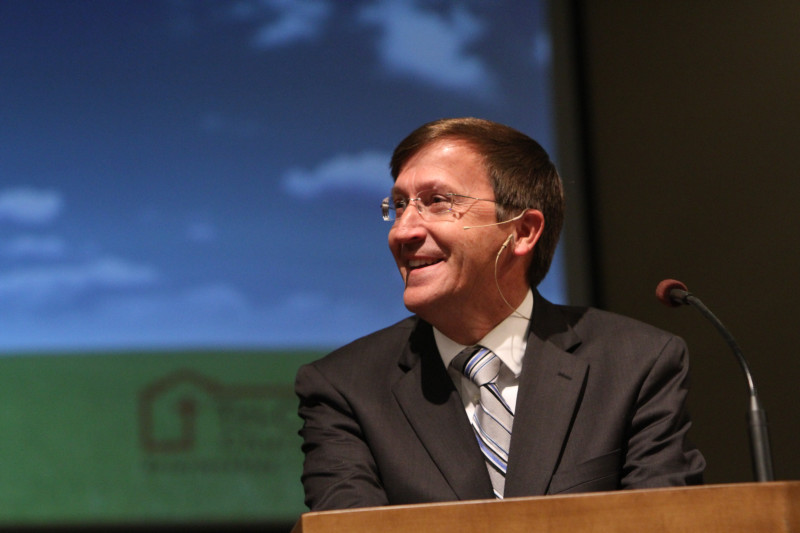Q.
Can you explain vinedresser?
Adrian
A.
Hello Adrian,
Simple, but great question!
Jesus said, “I am the true vine, and my Father is the husbandman” or in the vernacular, “the vinedresser” (John 15:1). Jesus as the true vine is the source of life. The Father as the vinedresser is the nurturer of life. Believers as the branches are the channels of life. Then in the very next verse Jesus explains what the vinedresser does. His work is twofold based on the analogy.
First, the vinedresser looks for branches that are not bearing fruit and in need of lifting up. The words translated take away in John 15:2 are translated in other passages with the idea of lift up which fits the analogy perfectly. The branches not bearing fruit need to become fruitful. Still today in places like California’s vineyards, vinedressers look for branches that have trailed downward where dirt and mildew hinder the development of fruit. Finding such, they lift them up, wash them off, and tie them higher up on the trellis where they soon begin to thrive.
Fruit is not automatic. It’s generated only through abiding (the picturesque term for faith). Branches not bearing fruit are explicitly stated to be “in me [Christ].” Because it is impossible to be in the vine, to be in Christ, and not be saved, the matter being examined is not salvation but fruit-bearing.
The Father as the vinedresser awakens us to sin in our lives that hinders fruit-bearing. As we agree in honesty, the blood washes us. We are cleansed and restored—lifted up. There, we are elevated to a position where we can bear fruit.
For understanding, it is important to read John 15:2 without assigning a redundancy to Jesus’ argument. If to take away implies a physical removal of branches, it then expresses the same thought given in the latter half of the verse. There, the Father’s purging or pruning indeed takes material away, but this is mentioned only in regard to fruitful branches. Those that bear nothing need first to be lifted so that they might bear fruit.
Second, the vinedresser looks for branches bearing some fruit and prunes them that they might be even more fruitful. Branches bearing fruit sometimes need an excess of wood to be cut away so the sap goes primarily into fruit bearing and not into production of wood. Similarly, when we by grace bear fruit, we may become too prominent. In love, the Father cuts back the self-life so the work of the Spirit can flow primarily to producing the fruit.
In summary, the vinedresser pictures the Father who nurtures the branches so they bear abundant fruit. First, He lifts up the languishing branches so they start bearing fruit. Second, He prunes away extra wood in branches that are bearing so more fruit can be produced. Simply put, the vinedresser addresses both sin and self to facilitate fruit-bearing.
We’d love to hear your thoughts on this subject in the comments section below! If you have a question on another subject, we welcome you to make a submission by clicking here:

